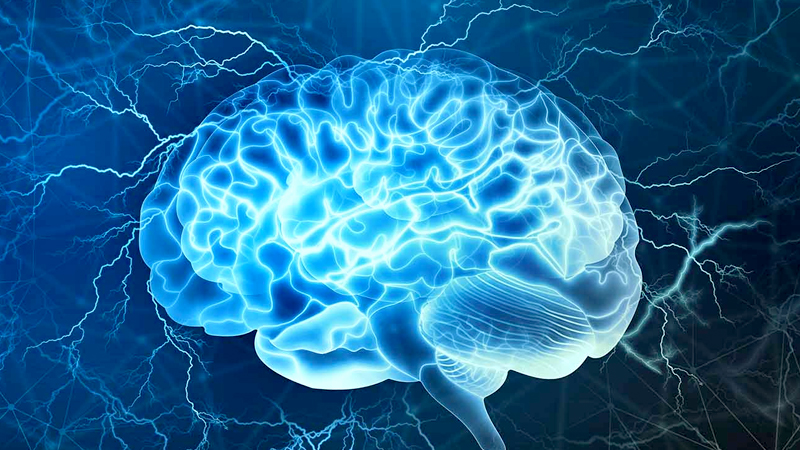
Movement disorders refer to a group of neurological conditions characterized by abnormal movements or difficulty with voluntary movements. These disorders can affect various aspects of movement, including speed, coordination, rhythm, and control. Some common movement disorders include:
Parkinson's Disease: Parkinson's disease is a progressive neurological disorder that primarily affects movement. It is characterized by tremors, stiffness (rigidity), slowness of movement (bradykinesia), and impaired balance and coordination. Parkinson's disease results from the loss of dopamine-producing neurons in the brain.
Essential Tremor: Essential tremor is a common movement disorder characterized by involuntary shaking or trembling, typically in the hands, arms, head, or voice. The tremors can worsen with movement or stress and may interfere with daily activities.
Dystonia: Dystonia is a movement disorder characterized by involuntary muscle contractions that cause repetitive or twisting movements and abnormal postures. Dystonia can affect one or more parts of the body and may be focal (affecting one area), segmental (affecting adjacent areas), or generalized (affecting multiple areas).
Huntington's Disease: Huntington's disease is a genetic disorder that causes progressive degeneration of nerve cells in the brain. It is characterized by involuntary movements (chorea), cognitive decline, and psychiatric symptoms.
Tourette Syndrome: Tourette syndrome is a neurological disorder characterized by involuntary motor and vocal tics. Tics are sudden, repetitive movements or sounds that can be brief or prolonged and may change over time.
Ataxia: Ataxia is a neurological condition characterized by a lack of coordination and unsteady movements. It can affect balance, gait, speech, and fine motor skills and may result from damage to the cerebellum or other parts of the nervous system.
Restless Legs Syndrome (RLS): While primarily a sensory disorder, RLS can also be considered a movement disorder due to the urge to move the legs to relieve discomfort, particularly during periods of inactivity or at night.
Treatment for movement disorders depends on the specific condition and may include medications, physical therapy, occupational therapy, speech therapy, assistive devices, and surgical interventions in some cases. Management strategies aim to control symptoms, improve function, and enhance quality of life. It's essential for individuals with movement disorders to work closely with healthcare professionals to develop an individualized treatment plan tailored to their needs and goals.